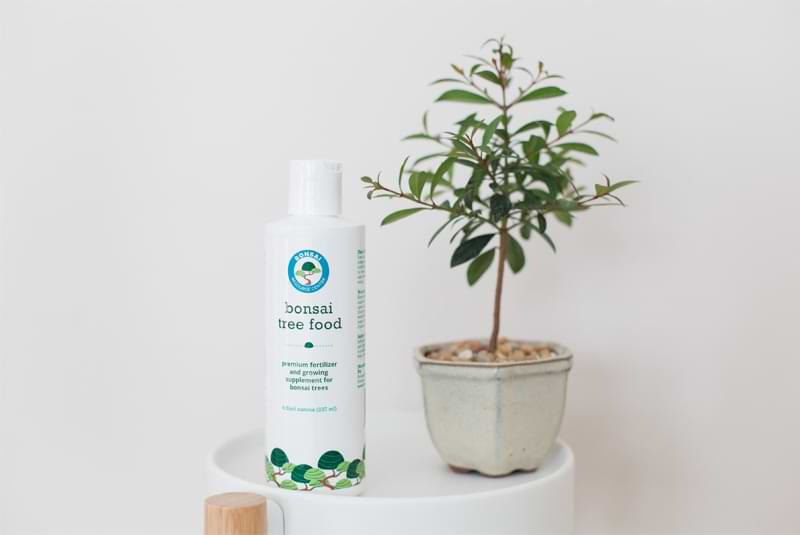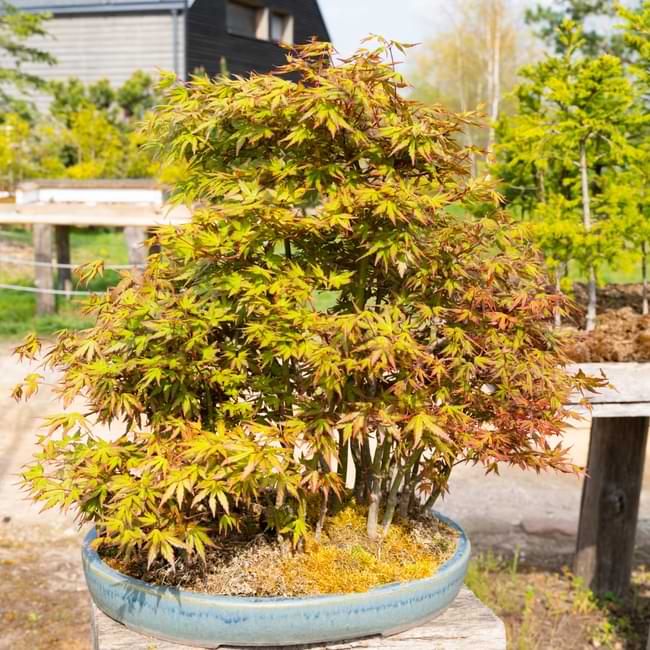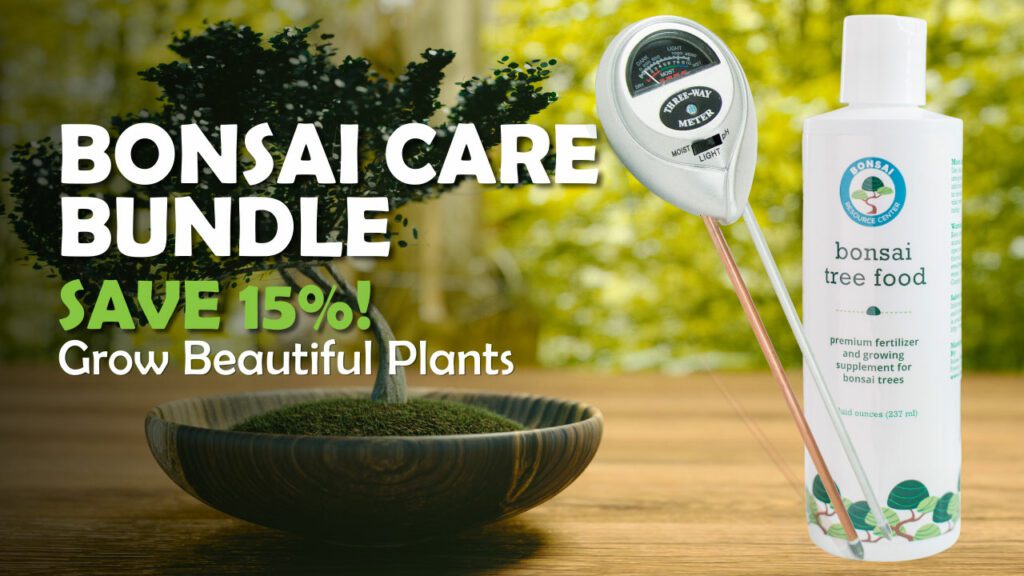With its striking red bark and delicate leaves, the Coral Bark Japanese Maple Bonsai is sure to turn heads, and luckily, it’s fairly easy to grow and care for. Growing this bonsai requires some knowledge and TLC, but with the dedication to learn about the tree and the tools to care for it, anyone can have one thriving in their home.
Growing Coral Bark Japanese Maple Bonsai
Growing Coral Bark Japanese Maple Bonsai requires some expertise, but it is not impossible. The first step is to choose a healthy and vigorous coral bark maple tree. You can either purchase a pre-bonsai plant from a nursery, grow one from cuttings, or attempt to germinate one from seed.
Growing Coral Bark Japanese Maple From Cuttings
Growing Coral Bark Japanese Maple from cuttings is an exciting and cost-effective way to propagate your own plants. Cuttings are taken in early summer when the new growth is still soft and flexible. The process involves taking a cutting with several leaves, removing all but the top two sets of leaves, and dipping it into rooting hormone before planting it in well-draining soil.
It’s important to keep the cutting moist by misting frequently and covering it with plastic or a dome until roots have formed. Once rooted, you can transplant your coral bark Japanese maple into a larger pot or outdoors if conditions permit.
While growing from cuttings takes longer than buying an established plant, it allows for greater control over the final shape of your bonsai tree. It also ensures that you have healthy genetic material free from any diseases present in nursery stock.
How Fast Does Coral Bark Japanese Maple Grow
The Coral Bark Japanese Maple can be a slow grower, especially in the beginning stages.
During the first few years of growth, expect your coral bark maple to grow at a rate of around 6-8 inches per year. This may seem like a small amount of growth but remember that bonsai trees are meant to be carefully tended over time and are generally kept smaller on purpose.
Once established, if this tree is allowed to grow uninhibited in the ground, Coral Bark Japanese Maples will typically reach their maximum height of around 20 feet within 10-20 years. However, when grown as bonsai trees they are kept much smaller through regular pruning and training.
Factors such as climate conditions and soil quality can also affect how fast your tree grows. Providing proper care and ensuring ideal growing conditions will help promote healthy growth.
While not the fastest-growing tree out there, Coral Bark Japanese Maples make up for their slower pace with stunning beauty and longevity when properly cared for as both full-size trees or bonsai specimens.
Growing Coral Bark Japanese Maple Indoors
Growing this beautiful tree indoors is definitely possible, and once you get the hang of it, it can even be fairly easy to give this tree the proper care and attention. While they prefer outdoor environments, indoor growth is possible if you provide the correct conditions.
How Long Do Coral Bark Japanese Maples Live
Like most trees, the lifespan of Coral Bark Japanese Maples varies depending on various factors such as climate, soil quality, and care. On average, these maples can live up to 50-100 years with proper maintenance.
As a bonsai tree, this range can widen quite a bit. While there are some bonsai trees that live upwards of 50-100 years, it’s more likely that this tree will live between 15-30 years as a bonsai.
How To Thicken Coral Bark Japanese Maple
Thickening your bonsai tree will give it that typical bonsai look, but it takes quite a bit of patience! You’ll need to keep your tree well-pruned, and in the late winter you can prune it back quite a bit. You’ll also want to make sure you are using the proper bonsai plant food with each watering to give your tree all the nutrients it needs to grow strong and thrive. But overall, it’s best to just give your tree time to thicken its trunk and branches.
How To Bonsai Coral Bark Japanese Maple
Bonsai is a traditional Japanese art form that involves cultivating and training small trees to grow in pots. Bonsai are known for their miniature size, intricate shapes, and aged appearance. Growing Coral Bark Japanese Maple as bonsai requires some patience and attention to detail.
Styling
Styling your coral bark Japanese maple bonsai is an important aspect of its care. The way you style your tree will be the defining characteristic of its overall appearance, and it can make all the difference in how others perceive it.
When styling your bonsai, consider the natural shape of your tree. Coral bark Japanese maples have a natural upright growth habit, so if you want to create a cascading or windswept look, you’ll need to work hard at bending and shaping branches.
Next, think about balance and symmetry. You don’t want one side of your tree to be heavier than the other or for branches to cross each other awkwardly. Take time to carefully evaluate your tree from all angles before making any cuts or bends.
Remember that styling takes patience and practice. Don’t expect perfection on the first try – take small steps towards achieving the desired shape over time with careful pruning and wiring techniques until you reach an aesthetically pleasing look.
Pruning And Training
Pruning and training are essential aspects of growing a coral bark Japanese maple bonsai. Proper pruning helps maintain the shape, size, and health of the tree while promoting new growth. One technique is to prune in early spring before bud break to remove any dead or damaged branches.
Training involves shaping the tree’s growth through wiring or tying branches into desired positions. It requires patience and skill as improper techniques can harm the tree. When wiring, choose a wire that is about one-third the diameter of the branch and wrap it loosely around in a spiral motion.
It’s important to note that these techniques should not be overdone as they can weaken the tree if done excessively or improperly. Always remember to step back occasionally and assess your progress towards achieving your design goals for your coral bark Japanese maple bonsai.
Coral Bark Japanese Maple Bonsai Care Guide
Coral Bark Japanese Maple Bonsai is a delicate plant that requires proper care and attention to thrive. Here are some tips on how to take care of your Coral Bark Japanese Maple Bonsai:
Position and Light
If you’re keeping your coral bark Japanese maple indoors, place it near a window facing east or west where it will receive bright but indirect light. You can also supplement natural light with artificial grow lights if necessary.
It’s important to note that these trees need some variation in their lighting conditions throughout the day. They’ll appreciate morning sun followed by afternoon shade or vice versa.
Humidity And Temperature
Humidity and temperature are essential factors in growing a healthy Coral Bark Japanese Maple Bonsai. These trees prefer moderate to high humidity levels, so it is important to keep the environment around them humid. Maintain consistent humidity levels by using a humidifier or placing a humidity tray filled with water under the plant pot. Proper moisture will sustain healthy foliage growth
Coral Bark Japanese Maples also thrive in temperatures between 60-75 degrees Fahrenheit. Avoid exposing them to extreme cold or heat as it may damage their delicate leaves and bark. During winter, make sure to protect your bonsai from freezing temperatures by keeping it indoors or covering it with protective material if kept outside. In summer months, provide shade for the tree during peak sun hours as excessive heat can scorch its leaves.
Different regions have varying humidity and temperature levels throughout the year, so be mindful of any changes that could affect your bonsai’s growth. By providing optimal conditions for your Coral Bark Japanese Maple Bonsai, you’ll ensure its longevity while enjoying its stunning beauty all year round.
Soil Type
Choosing the right soil type for your Coral Bark Japanese Maple Bonsai is crucial to ensure its healthy growth and development. The ideal soil type should be well-draining, moisture-retentive, and nutrient-rich. Use a well-draining potting mix that is specifically formulated for bonsai trees. This type of mix allows air circulation around roots to prevent root rot.
Watering Frequency
Watering frequency may vary depending on factors such as temperature and humidity levels in your plant’s environment. During hotter months or drier climates, you may need to increase watering frequency compared with cooler months or more humid environments where less frequent watering might be sufficient.
Check the soil moisture level with a moisture meter before watering each time. You can also just stick your finger into the soil up to an inch deep – if dry, then water thoroughly until water runs out of drainage holes at the bottom of the container.
Remember to always use filtered or distilled water since tap water contains chlorine which can damage delicate roots over time. With proper attention paid towards watering, you can help ensure that your Coral Bark Japanese Maple Bonsai stays healthy and vibrant year-round!

Fertilizing
Fertilizing your Coral Bark Japanese Maple Bonsai is an essential part of keeping it healthy and thriving. The right nutrients will help promote growth, strengthen the roots, and prevent diseases. However, applying too much fertilizer can harm the tree and cause stunted growth or even death.
Finding a fertilizer that works well with your plant and is easy to use may be difficult, but luckily there are plant foods specifically formulated for bonsai trees that will have everything your tree needs to produce beautiful leaves, blooms, root growth, and more.
Always monitor your bonsai after fertilization to ensure there are no adverse effects such as leaf burn or discoloration.
When To Repot
Repotting is important to maintain a healthy coral bark Japanese maple bonsai. The ideal time for repotting depends on the growth rate of your tree and its age.
Younger trees require more frequent repotting as they grow faster, while older trees need to be repotted less often. For younger trees, it’s recommended that you repot them every one or two years, while older trees can go three to five years between repotting.
The best time to repot your coral bark Japanese maple is during the dormant season in late winter or early spring before new growth has emerged. Repotting during this period allows your tree to recover from any damage caused by root pruning before entering its active growing phase.
When choosing a pot for your bonsai, make sure it’s slightly larger than the current container but not too big that it will hinder drainage. Use fresh soil mix when transplanting and avoid disturbing the roots too much. Take this time during the repotting process to inspect roots and treat any root issues before they become bigger problems you’ll have to deal with down the road.
FAQs Coral Bark Japanese Maple Bonsai
Can coral bark Japanese maple take full sun?
In some climates, the Coral Bark Japanese Maple Bonsai can take full sun, but ideally, this tree will get some direct sun, but mostly indirect sunlight throughout the day. It’s best to have this tree in a container that can be moved if the tree is receiving too much or too little sunlight.
Bonsai With Us!
The Bonsai Resource Center is here to help you learn about all things bonsai and provide you the tools you need to keep your plant healthy and strong. Explore our other articles, visit our online shop, and connect with other bonsai lovers in our Facebook group to learn everything you need to know about this rewarding hobby.



